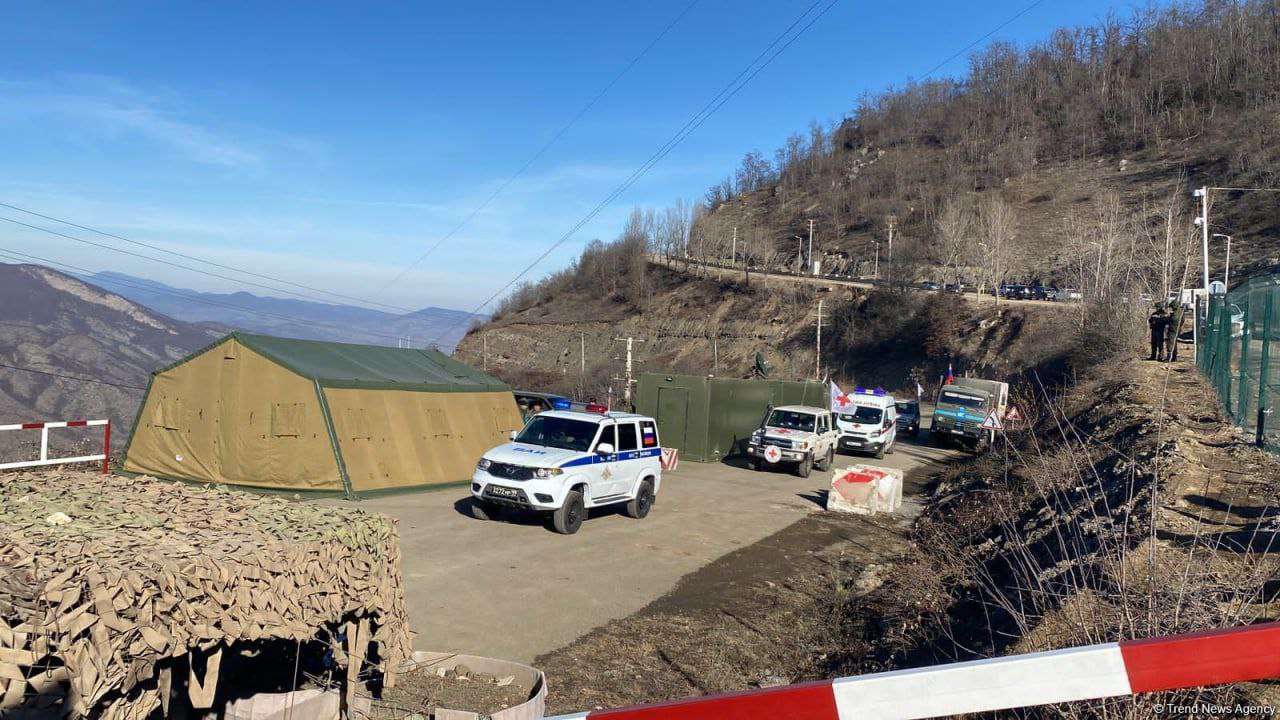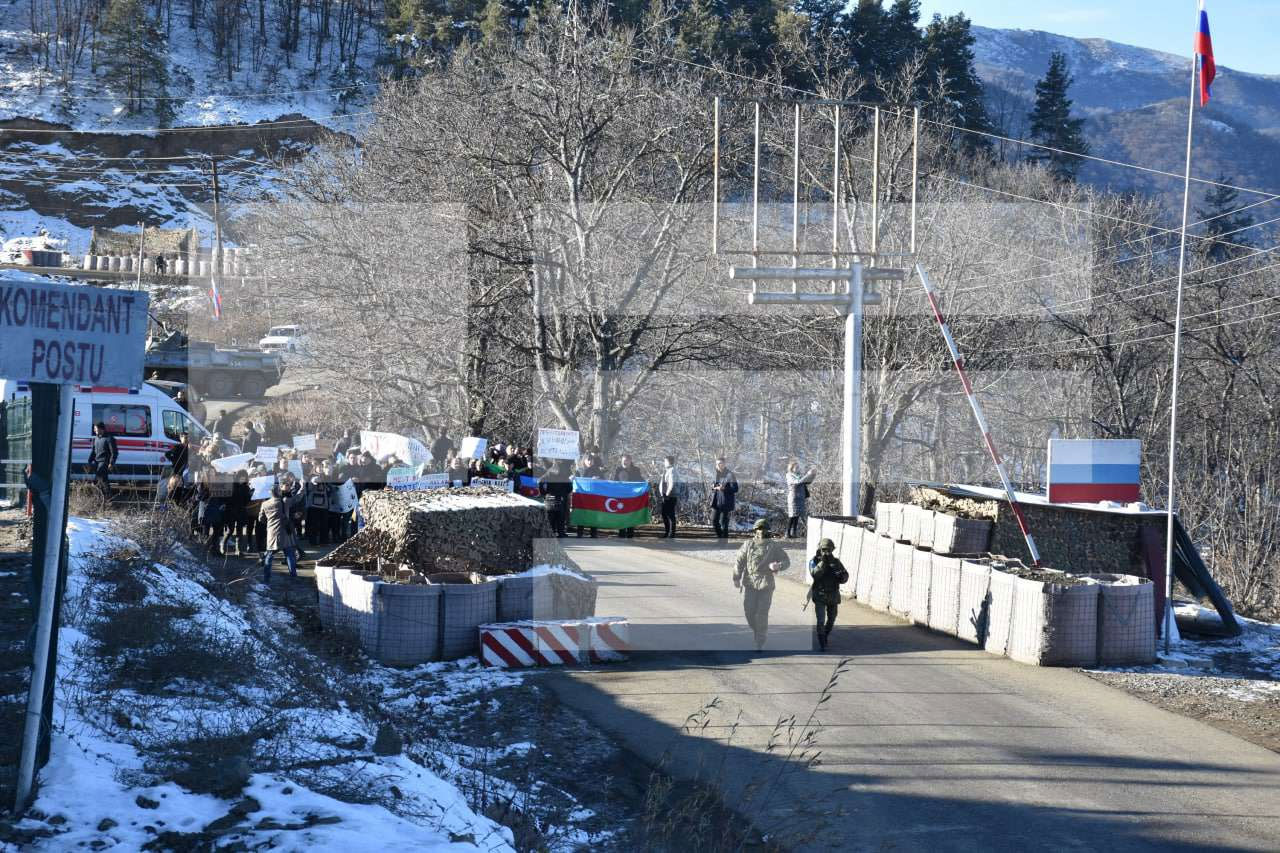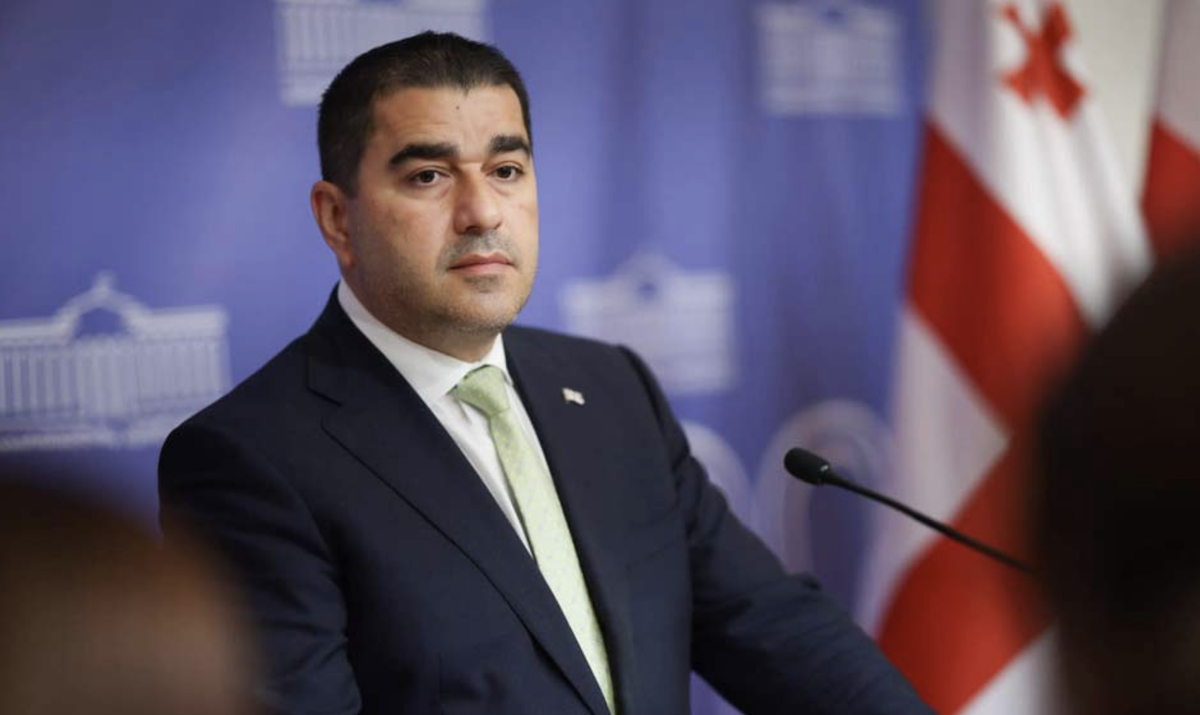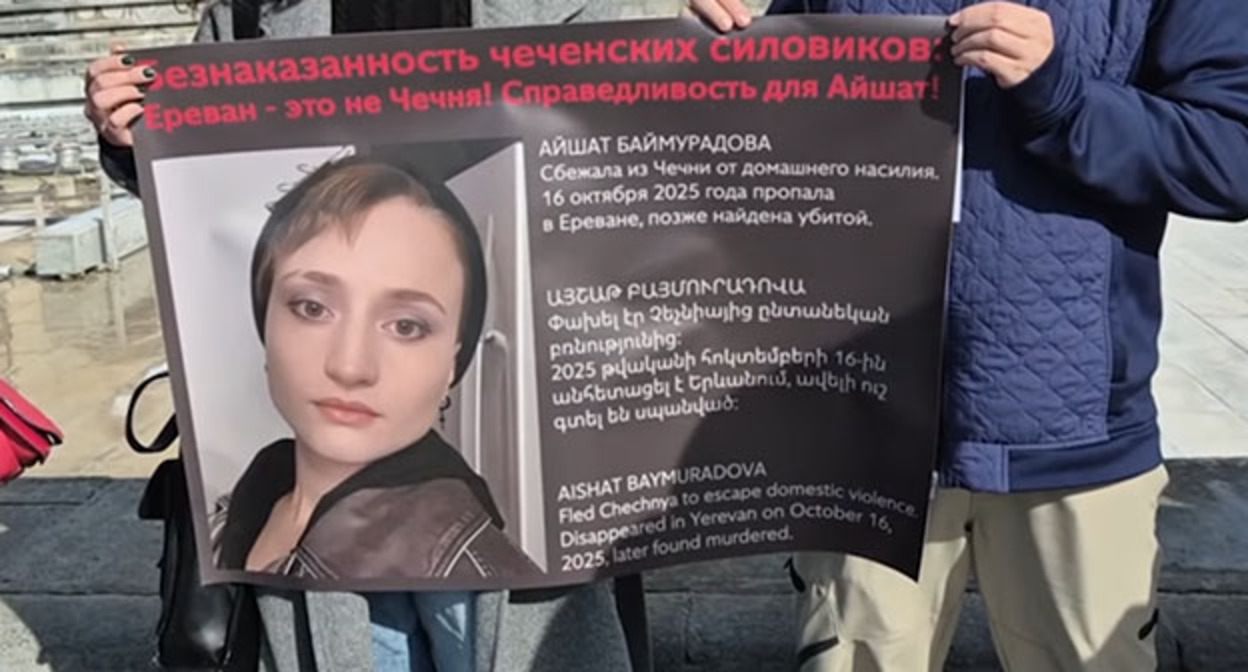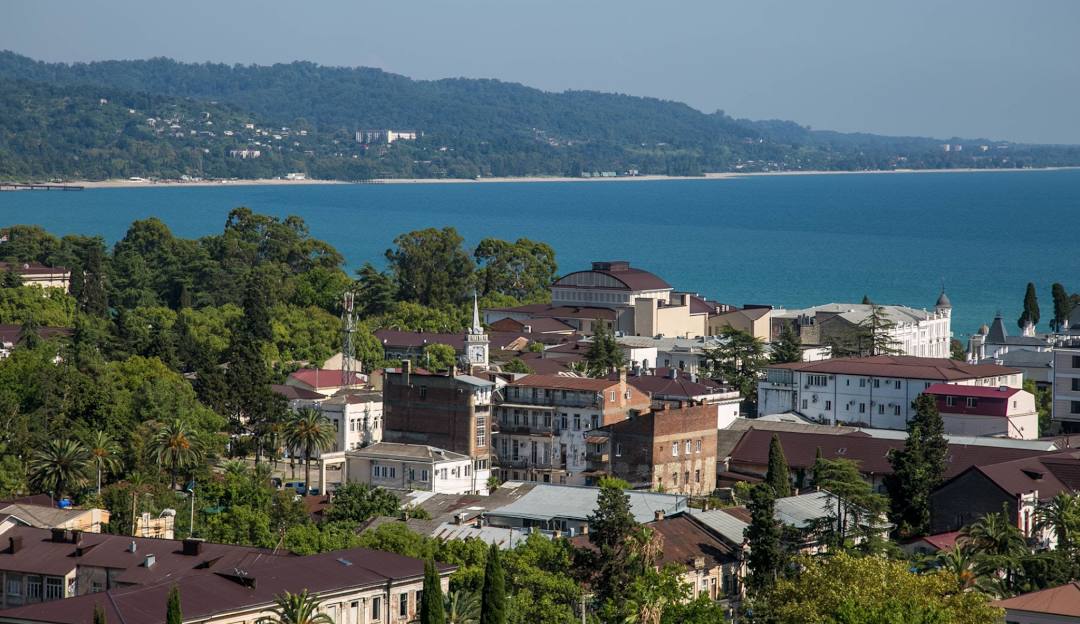“Stopping aggression does not mean improving the situation”: about the new route to NK
Change of route in NK
For a week now Armenia has been actively discussing the situation that has developed on the border of Armenia in connection with a change in the route of the road adjacent to the Lachin corridor. Although the route was supposed to change on April 1, Azerbaijan moved forward two days before the agreed date. According to a statement by the National Security Service, the Azerbaijani Armed Forces have advanced their positions on the border 100-300 meters deep into the sovereign territory of Armenia. Despite this, the country’s authorities claim that after negotiations with the Azerbaijani side, “the situation has improved significantly.”
The opposition and residents of border settlements say that they “do not notice improvements”, and the Azerbaijani military “did not retreat a single millimeter and continue engineering work.” Opposition politicians announce that “the Armenian government allowed the Azerbaijani military to arrive a day or two earlier and position themselves at the heights they desire.”
Political scientist Gurgen Simonyan finds it difficult to explain what the Prime Minister of Armenia means when he speaks of “improving the situation.” According to Simonyan, “to stop aggression and advance deep into one’s territory does not mean to improve the situation.”
On March 30, it was reported that the armed forces of Azerbaijan blocked the road from the Armenian city of Goris to the capital of the unrecognized NKR between the villages of Aghavno (Zabukh) and Tekh at night. The Prime Minister of Armenia himself said that according to the agreement with Azerbaijan, the temporary route connecting Armenia and Nagorno-Karabakh was supposed to operate until April 1, 2023.
It is reported that from now on the Lachin corridor, connecting Nagorno-Karabakh with Armenia, should end at the Kornidzor bridge and pass along the Kornidzor-Tegh route. The dirt road is already ready for operation, from the side of Armenia, work is underway to asphalt the highway.
“Avoid aggravating the situation”
According to Armenian Prime Minister Nikol Pashinyan, Armenia continues to act from the position of preventing the escalation of the situation. He gave details about the situation on the Kornidzor-Tekh highway, which has become an alternative road adjacent to the Lachin corridor.
This is a 12-kilometer section of the Armenian-Azerbaijani border, where so far “neither Armenia nor Azerbaijan has exercised direct control.” He recalled that there is an intention on the Armenian side to deploy the border troops of the country here. Talking about this last week, he said that a similar proposal was made to the Azerbaijani side.
Pashinyan stressed that during the deployment of the parties on this section of the border, “discrepancies regarding the maps” arose:
“In some places, according to our assessment, the Azerbaijani side settled down and carried out engineering work, moving deep into the territory of Armenia 100-300 meters from the border. After that, an agreement was reached for the cartographers of both countries to clarify the situation.”
According to the prime minister, work has already been done to clarify the deployment of border guards:
“The situation has improved in a certain way, in particular, the points of deployment at 7 kilometers out of 12 have been clarified, work on 5 kilometers continues.”
Earlier, the National Security Service issued a statement about the “discrepancies in the maps.” It stated that “according to the calculations of the Armenian side, there are 5 such points where the Azerbaijani side has advanced deep into the territory of Armenia.”
“Azerbaijanis did not retreat even a millimeter”
In the same message, the NSS reported that representatives of Armenia and Azerbaijan met at the Tegh-Kornidzor section to clarify the boundaries, as a result, “the situation in this section has improved significantly.”
Contrary to the statements of the National Security Service and the Prime Minister that the situation is improving, the residents of the village of Tegh are reported to be worried and afraid. They told reporters that the Azerbaijani military “did not retreat even a millimeter, they continue to take up positions and carry out engineering work.”
According to them, the Russian military left this territory a day before the Azerbaijanis took this position. They do not rule out that “there was an agreement between them.”
“Failure of the authorities”
Armenia’s parliamentary opposition accuses the government of “not preventing another offensive by the Azerbaijani side.” Oppositionists consider the incident “an omission of the authorities in the sphere of state and military administration.”
“The Armenian government, knowing that from April 1 there will be a change in the road, allowed Azerbaijan to get a starting advantage: to arrive a day or two earlier and settle down at the heights they need,” Tigran Abrahamyan, a deputy from the “I have the honor” faction, says.
MP from the Hayastan opposition faction Gegham Manukyan stated that the fortifications of Azerbaijanis on the sovereign territory of Armenia are “visible to the naked eye”:
“They have taken up strategically important positions on the heights near the village of Tekh and can control the situation on the Tegh-Kornidzor highway.”
A comment
Political scientist Gurgen Simonyan says he knows nothing about the agreement between Armenia and Azerbaijan to switch to the new route from April 1 and assumes that it was achieved in a “secret format”.
“As long as we are in a state of psychological and information warfare, military operations are being carried out against Armenia, no agreement can be legitimate and operate. This is an axiom,” he told JAMnews.
According to Simonyan, Armenia was unable to take its positions after the withdrawal of Russian peacekeepers from the territory due to “structural problems and lack of long-term planning.”
“The peacekeeping mission must also be able to enforce peace through brute force. If they do not perform this function, then they are not peacekeepers, especially since they do not have a UN mandate,” he said.
Regarding the issue of different interpretations of maps, he notes that “since the USSR there are 30 types of maps left, which changed almost every year at the level of communal, administrative land users.” He says different maps can be used in different situations.
According to Simonyan, if the process of delimitation of the Armenian-Azerbaijani border has begun, then it is happening in secret.
He maintains that delimitation and demarcation are not processes that are “carried out by the way and casually”, and they usually last for years. In the case of “accelerated implementation, the national interests of Armenia will be seriously damaged.”
In the current situation, he considers it illogical to deploy border guards on the 12-kilometer section of the new highway that will connect Armenia with NK.
Simonyan recalls that the function of border guards is to control checkpoints and ensure the movement of civilians, and not armed conflicts:
“When armed units are placed in front of you, putting border guards in front of them means having an inadequate position on this issue.”
Follow us – Twitter | Facebook | Instagram
Change of route in NK












